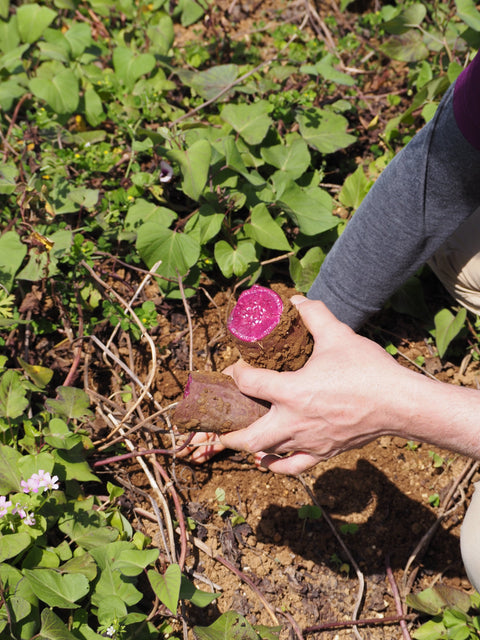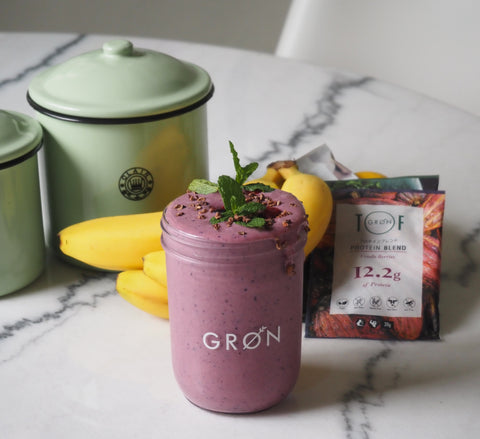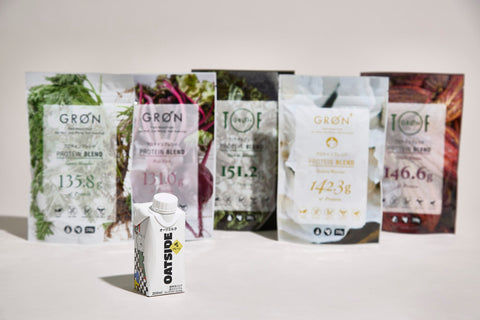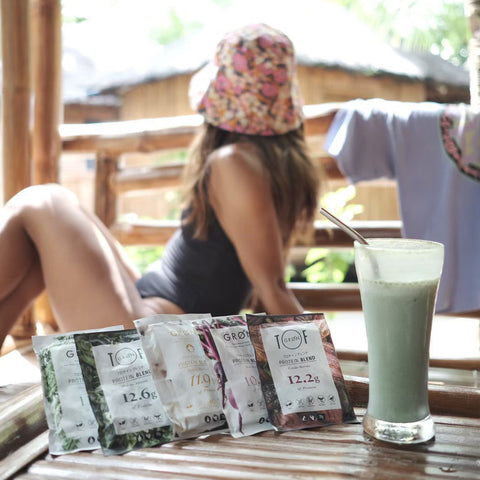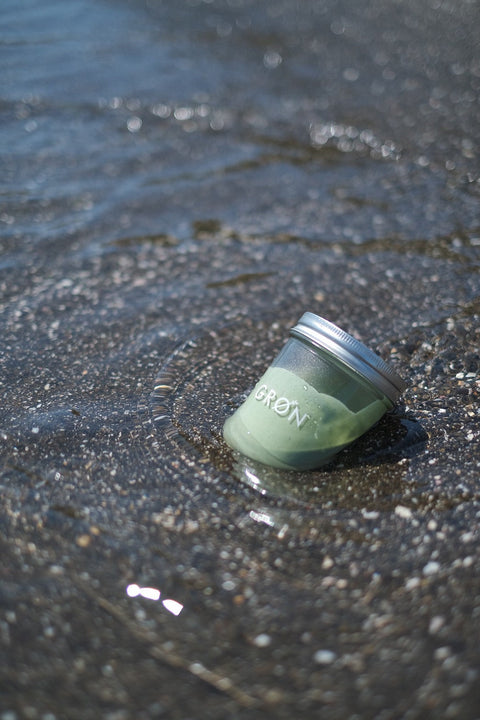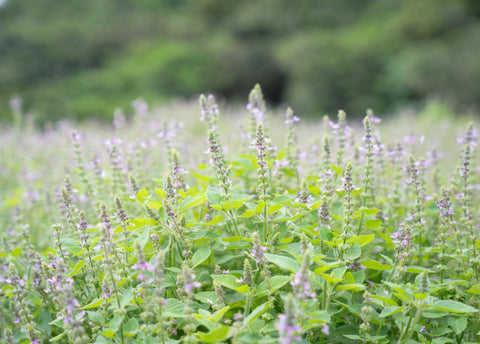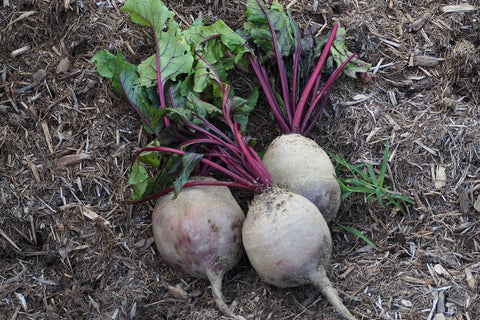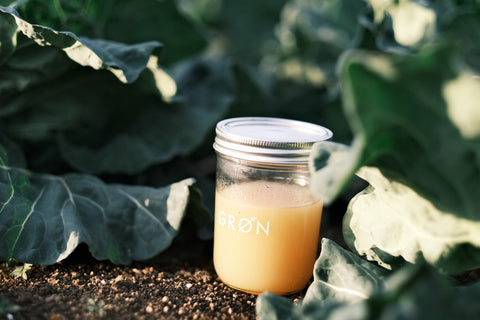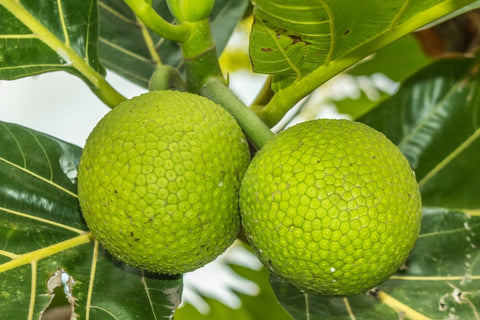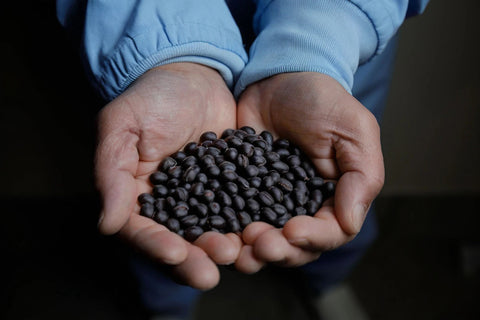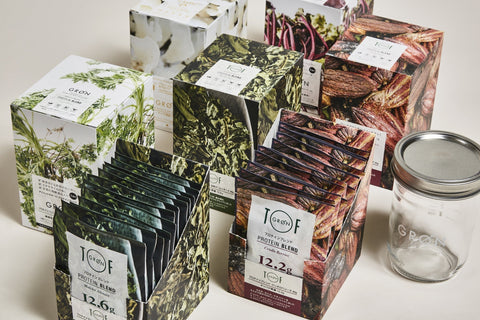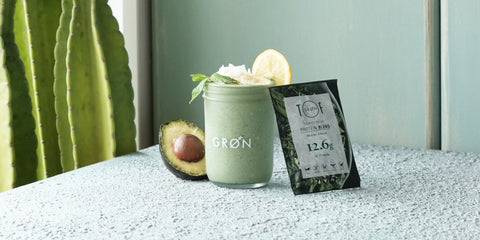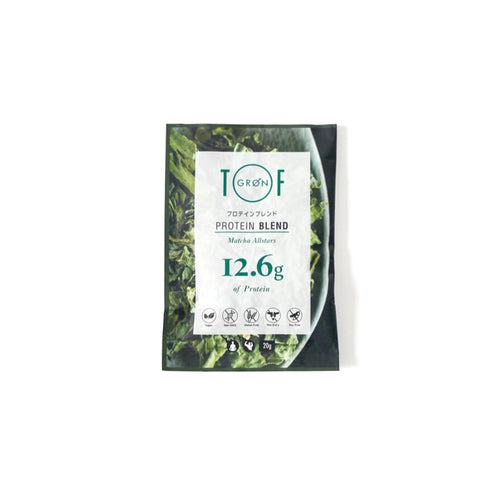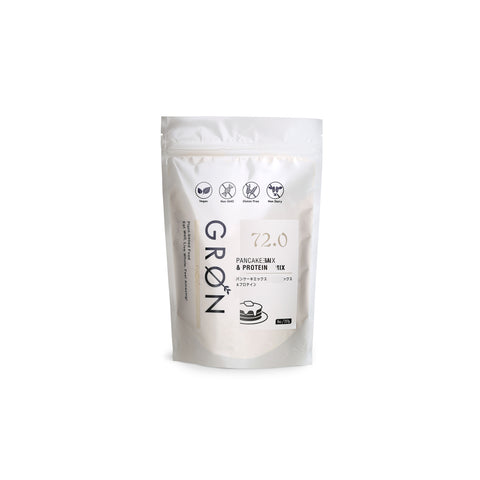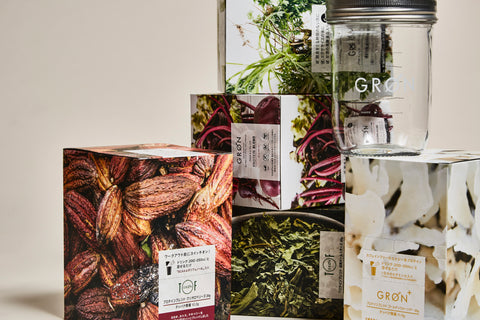The close relationship between the intestines and bacteria - Nutritionist's Column Vol. 71 (Part 1)
The intestines, also known as "intestinal health" or the "second brain," have been attracting more and more attention in recent years.
I have spoken many times before about the function of the intestines.
This time, we will dig a little deeper and in the first part we will talk about the "intestinal flora and intestinal bacteria" that are closely related to the intestines, and in the second part we will talk about the keywords "probiotics and prebiotics" that are essential for intestinal health, and the notable ingredient "biogenics."
What is intestinal flora?
The function of the intestines has a major impact on the entire body, including immune function, metabolism, and mental state.
And bacteria hold the key to intestinal function.
It is said that about 90% of the bacteria in the body are found in the intestines, with the number estimated at more than 100 trillion of about 1,000 different types.
These intestinal bacteria form groups of different types in the intestines, maintaining a delicate balance.
In particular, the wall of the intestine from the end of the small intestine to the large intestine is called the "intestinal flora " because the intestinal bacteria form a flower garden-like structure.
The bacteria that make up this intestinal flora are called "intestinal normal bacteria" to distinguish them from pathogenic bacteria and other bacteria that only pass through the intestines temporarily, and are highly diverse depending on race, upbringing environment, and individual.

Intestinal bacteria are divided into three groups
Intestinal bacteria can be broadly divided into three types.
The first type is "good bacteria" that have a positive effect on people, the second type is "bad bacteria" that have a negative effect, and the third type is "opportunistic bacteria" that act in accordance with the dominant group of good and bad bacteria.
The optimal balance of intestinal flora is said to be 2 parts good bacteria, 1 part bad bacteria, and 7 parts opportunistic bacteria.
1. Good bacteria <br data-mce-fragment="1">Good bacteria help with the digestion and absorption of food, boost the body's immune system, and play a role in maintaining good health.
By making the intestines slightly acidic, it creates an environment in which bad bacteria are less likely to grow.
Representative examples: Lactic acid bacteria, bifidobacteria
▼ Lactic acid bacteria <br data-mce-fragment="1">A general term for microorganisms that produce lactic acid from sugar through fermentation, and mainly live in the lower part of the small intestine.
It suppresses the growth of bad bacteria in the intestines and improves the intestinal environment.
Furthermore, recent research has revealed that it also boosts the immune system and helps prevent infectious diseases.
It is resistant to oxygen and is found everywhere, including in the intestines of humans and animals, as well as in plants and soil.
Main foods: Dairy products such as milk, yogurt, and cheese, and fermented foods such as pickles, kimchi, and sake
▼ Bifidobacteria
It is a microorganism that lives mainly in the large intestine and ferments sugar to produce lactic acid and acetic acid.
It suppresses the growth of bad bacteria in the intestines, improves intestinal function, and improves bowel movements.
They grow by feeding on oligosaccharides and dietary fiber.
The number of bifidobacteria decreases rapidly with age, but a diet lacking in dietary fiber, lack of exercise, and stress also reduce the number of bifidobacteria, which means a decrease in good bacteria.
Main foods: Foods that contain a lot of oligosaccharides (soybeans, burdock, asparagus, bananas, etc.)
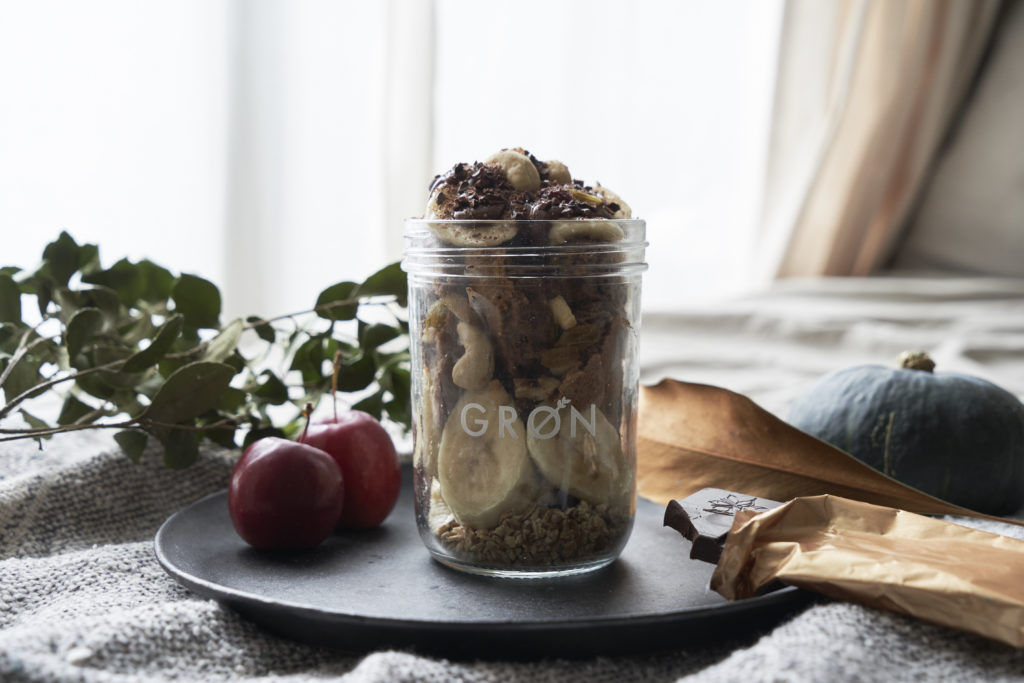
2. Bad bacteria <br data-mce-fragment="1">They break down proteins and produce harmful substances, worsening the intestinal environment.
Not only does this happen with age, but a diet high in meat and other proteins and fats causes the proliferation of bad bacteria, which can lead to a variety of disorders, including rough skin, irregular bowel movements, reduced digestion and absorption, and poor distribution of nutrients in the body. In some cases, this can even result in the production of carcinogenic substances.
Representative examples: Escherichia coli, Clostridium perfringens
▼ E. coli <br data-mce-fragment="1">E. coli produces B vitamins and vitamin K in the body and helps defend against infections, but if its numbers exceed a certain level it disrupts the balance of the intestinal flora.
▼ Clostridium perfringens <br data-mce-fragment="1">A bacterium that lives widely in nature, including in soil and water, and in the intestines of healthy people and animals.
When the intestinal flora is disturbed and bad bacteria increase in number, they become unruly and are thought to be a factor in causing constipation, diarrhea, allergies, etc.
3. Opportunistic bacteria <br data-mce-fragment="1">These bacteria are neither good nor bad.
Opportunistic bacteria have the property of becoming bad bacteria when bad bacteria proliferate and good bacteria when good bacteria proliferate.
Therefore, in order to maintain a good intestinal environment, it is important to keep the ratio of good bacteria constant and prevent them from becoming bad bacteria.

A healthy intestinal environment means that good bacteria predominate over bad bacteria.
The term "intestinal health," which we hear often these days, refers to activities that regulate and maintain intestinal flora.
The intestinal environment tends to become unstable due to poor diet and stress.
If you leave your intestinal flora untreated, it can have an impact not only on your intestines but also on other internal organ diseases and your mental health, so you need to be careful.
In the second part, we will discuss how to improve your intestinal environment, explain the keywords "probiotics and prebiotics" that are essential for intestinal health, and the notable ingredient "biogenics," while also talking about the relationship between the intestines and bacteria.
Click here to purchase GRØN , a plant-based protein that can be consumed together with fermented foods and amazake.
——————————————————
Nutritionist, Food Education Instructor, Food 6th Industrialization Producer Level 4
Ayako Ishihara
A nutritional advisor in the healthcare field and an agribusiness professional.
She is involved in a variety of activities specializing in the fields of beauty and health, including giving lectures to Miss World Japan candidates.
With the philosophy of "enriching the mind and body through food and realizing a vibrant society where people and communities are connected," he founded i-Field Co., Ltd. in 2013 and serves as its representative.
He is a core member of the food team for "DINING OUT," which opens outdoor restaurants in various regions, and also participates in fashion brand projects.
She is also involved in the promotion of local ingredients, product development and production specializing in "health" and "beauty," branding, concept design, food hygiene, sales promotion, training planning and management, etc. She is in charge of nutritional supervision for GRØN's product development, proposing ways to incorporate them more effectively into consumer health.
——————————————————







